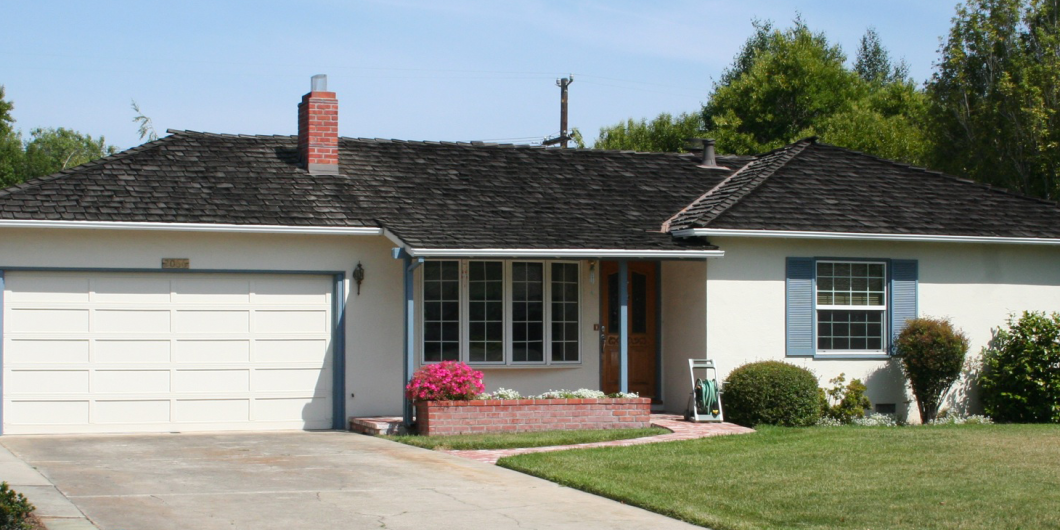A number of large technological firms were born in a garage. Modest beginnings that are often cited as having contributed to their creativity and innovation. So this is how most companies start off, right? Turns out, fewer than one in three companies first saw the light of day in a garage, basement or home office. Are brands using this myth to embellish their innovative image?
From Hewlett-Packard to Amazon, from Apple to Microsoft, from Disney to Mattel, countless companies claim to have started in the same place: the garage. It’s become the storytelling trope for having humble beginnings. The Californian version of “he started out as a janitor” and a hallmark for the American dream. And the bigger the entrepreneur, the more compelled we are to believe that origin story. We love a came-from-nothing story here in Quebec too. Cirque du Soleil’s Guy Laliberté started out as a fire-eater. John Molson, an English immigrant, built his first brewery in Montreal in 1786.
For the luxury brands born last century, the atelier was the mythic birthplace of craftsmanship, traditional culture and high quality. Today, tech companies prefer using the garage (Apple and Facebook) or college dorms (Facebook at Harvard, SnapChat at Stanford) to symbolize their ingenuity and daring. Those modest beginnings become a reflection of the company’s values. Its birth myth. With the key word being “myth”, as the details rarely match up with reality. This story is actually is too good to be true.
Apple co-founder Steve Wozniak has already admitted that the story about Apple’s first days in the garage of 2066 Crist Drive was embellished. In a Bloomberg interview from 2014, he mentions that no designs or prototypes were built at the Jobs’ house. Using the garage of his parents’ home as the birthplace of Apple mostly just legitimized Steve Jobs as the father of the computer he did not build.
Google even rewrote its history. During celebrations for the company’s 15th anniversary, journalists were told that Google was born in the garage of 232 Santa Margarita in Menlo Park. This, despite the fact that Larry Page and Sergey Brin started working on the search engine while still at Stanford. When the young company moved into that garage more than a year later, they had $1 million of venture capital already in pocket. Not quite as “modest” as they would have us believe. Google occupied that suburban garage for only five months, but that didn’t stop them from making it central to their founding myth.
The garage is also used as a campaign image for iconoclastic, maverick companies that don’t naturally fit into business culture. Notably, 90% of start-ups financed with venture capital have founders with professional experience in the same sector. So entrepreneurs can generally attribute their success to the lessons previously learned in corporate culture. The founders of Youtube cut their teeth at PayPal. Same for Elon Musk, the CEO of Tesla. Even Jobs and Wozniak worked for Atari and HP. Innovative companies are not born in garages. They are actually born in the cubicles of leading tech companies that aren’t able to accommodate new ideas.
Why do brands continue to propagate these patently false stories about their origins? Because nobody admires entrepreneurs who have the backing of rich investors. Because garages are more conducive to innovation than the chi-chi restaurants where you meet bankers. But mostly because, for some, the adversity of humble beginnings and the financial risk of jumping into the unknown, is sufficient justification for the obscene salaries earned by founders of the largest companies.
This article was originally published online in French on L’actualité.
Image from Wikimedia Commons


